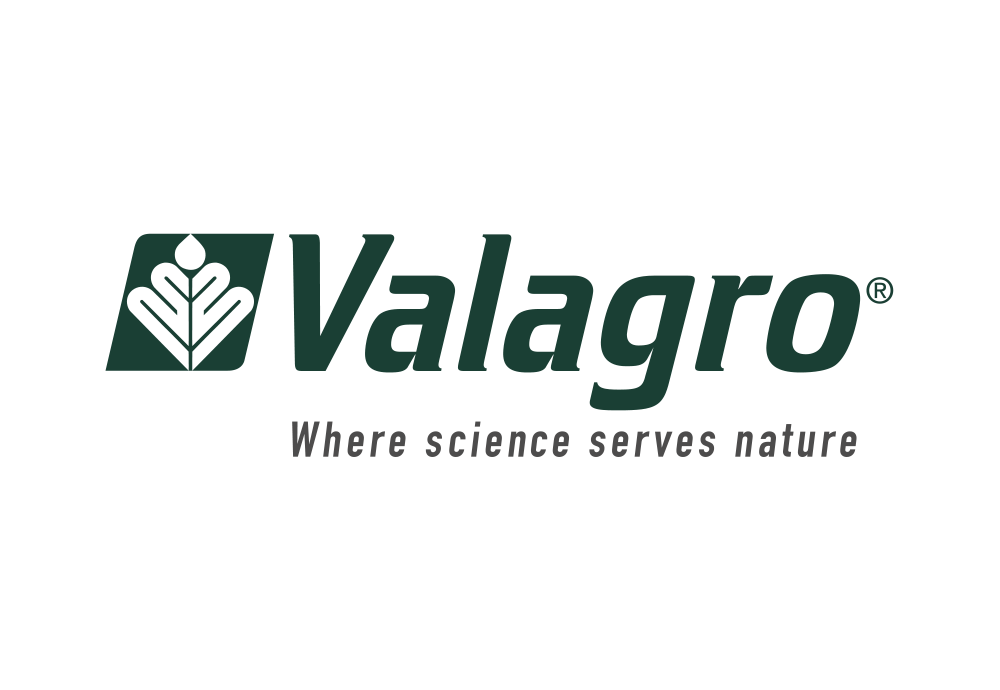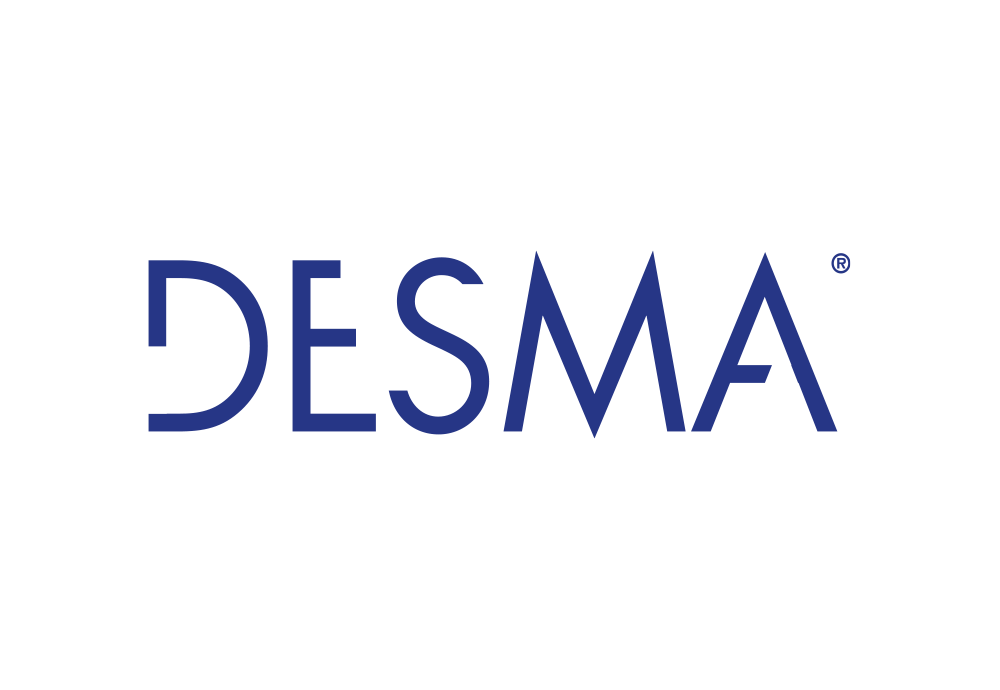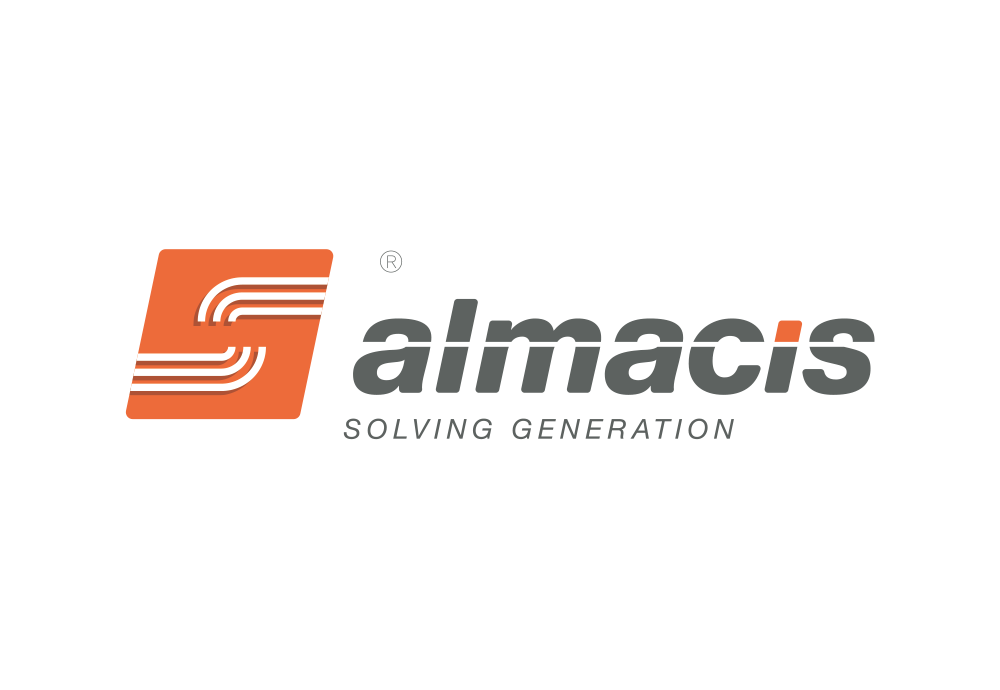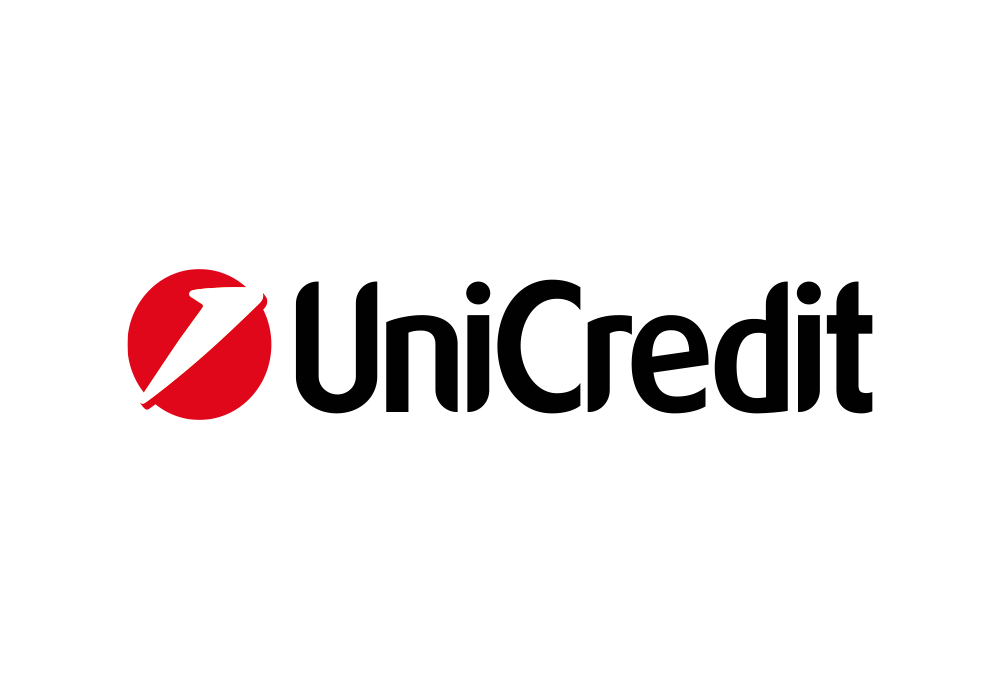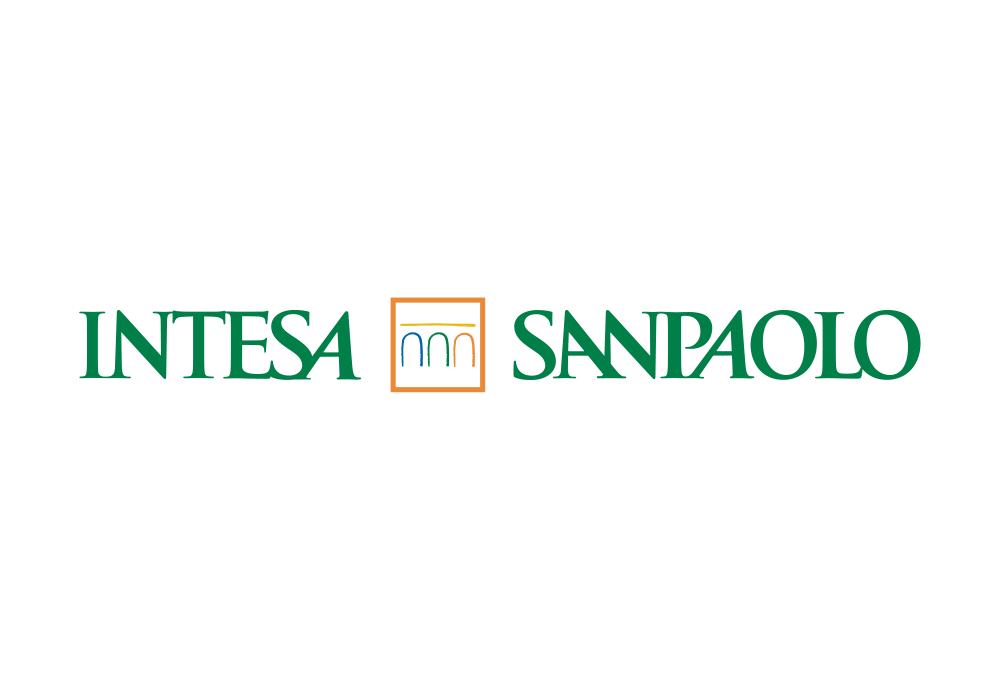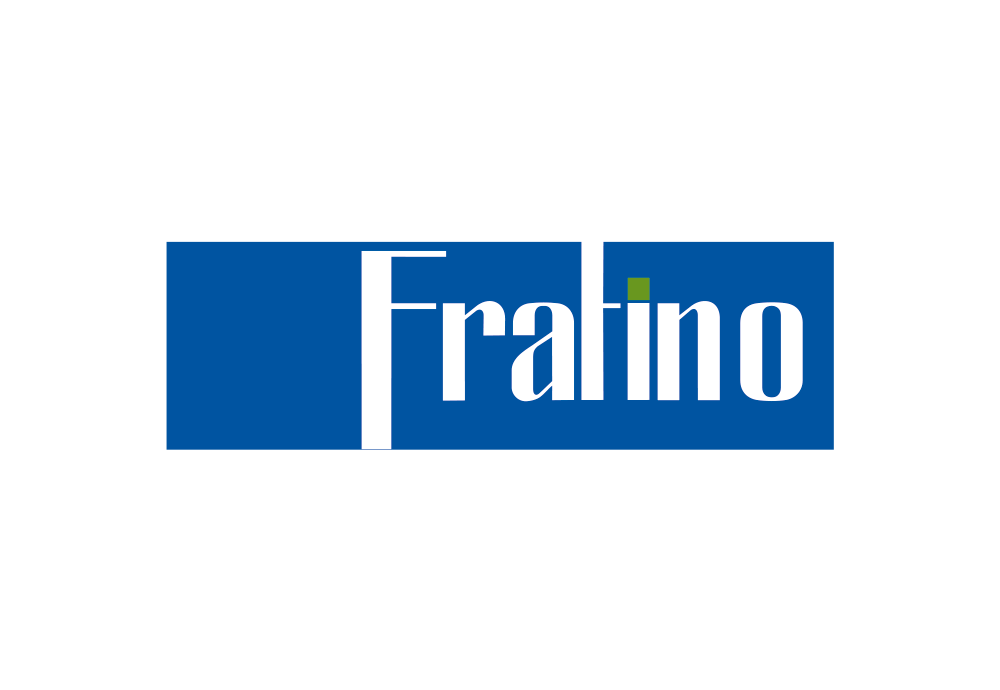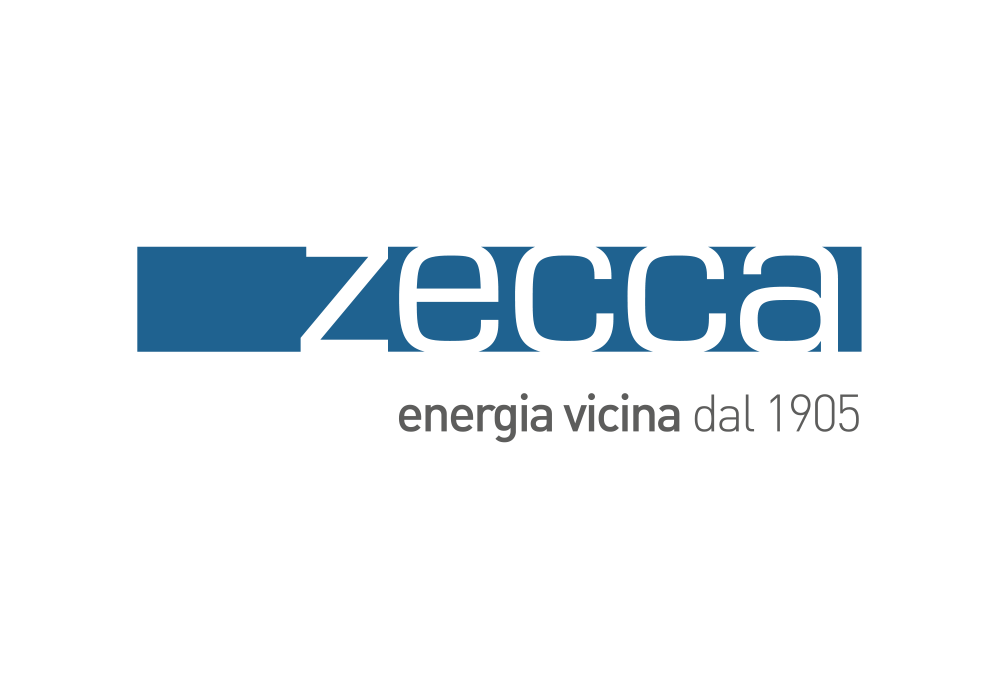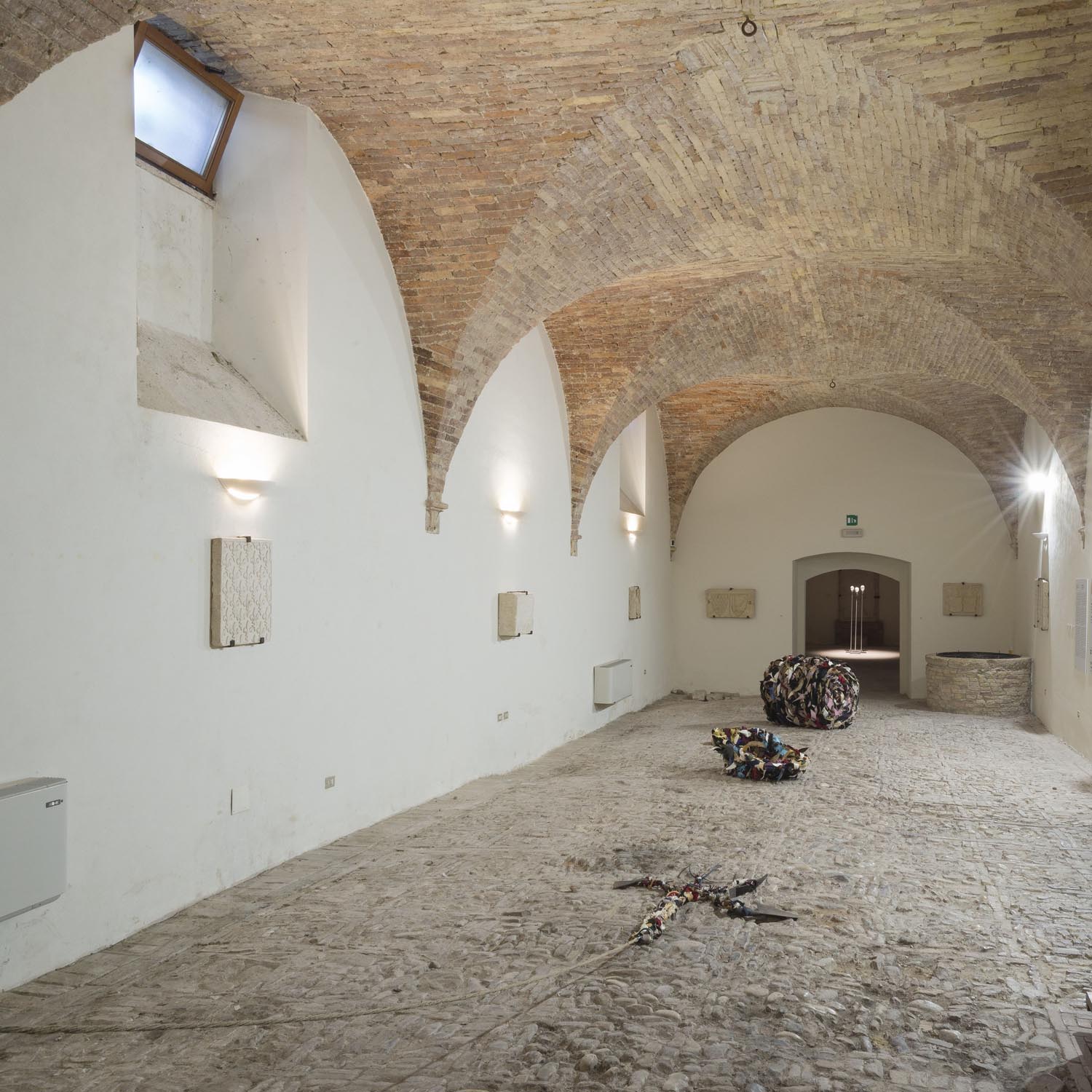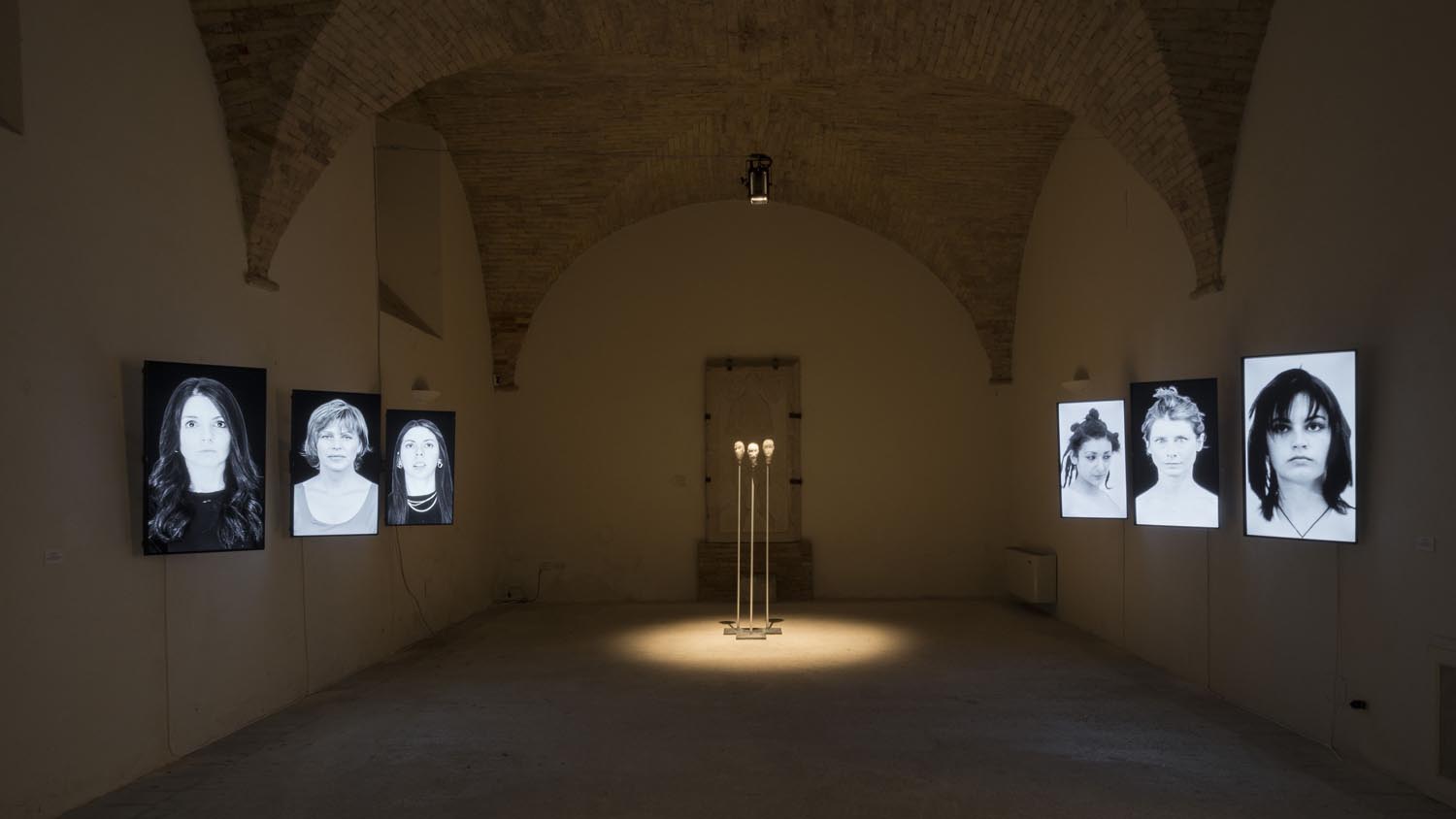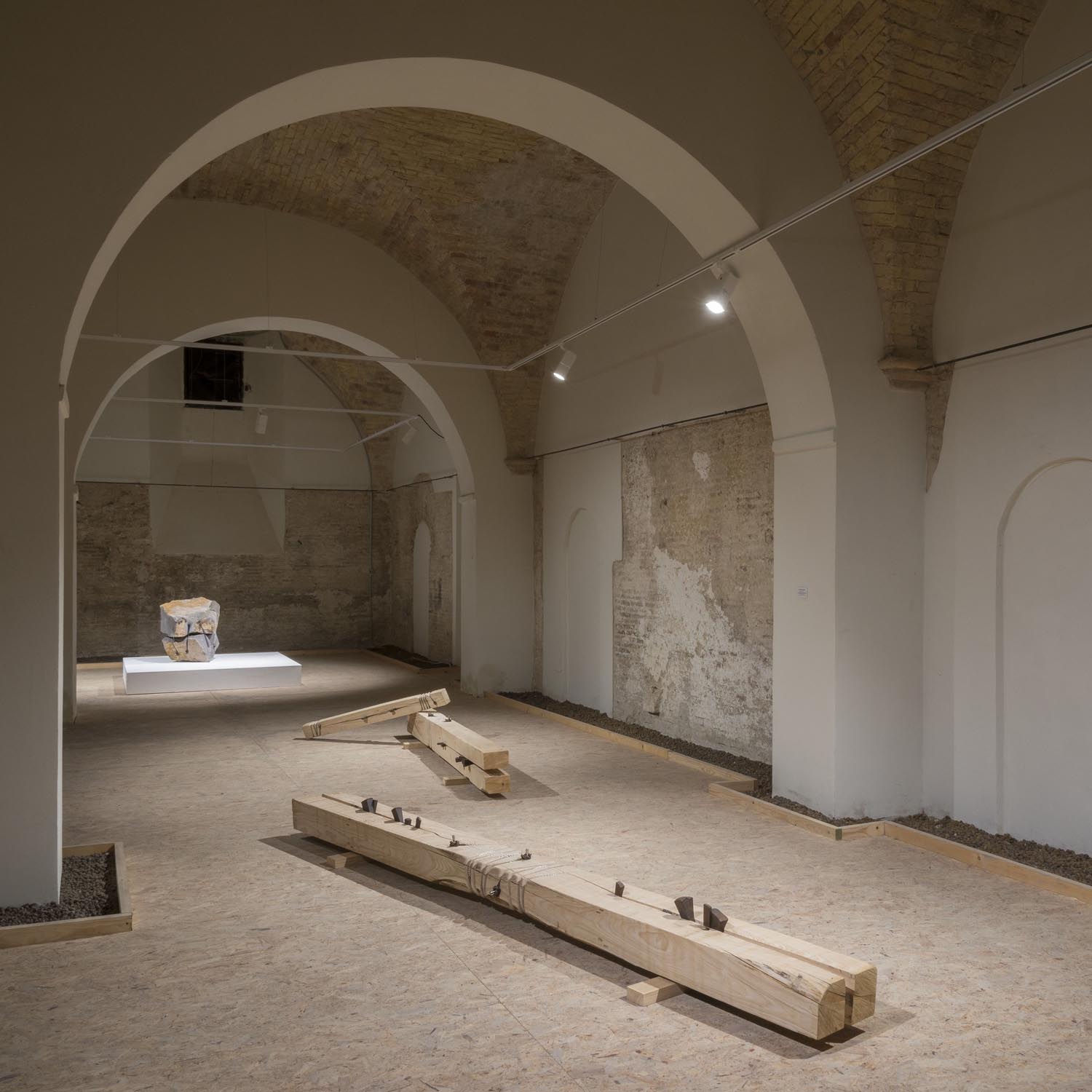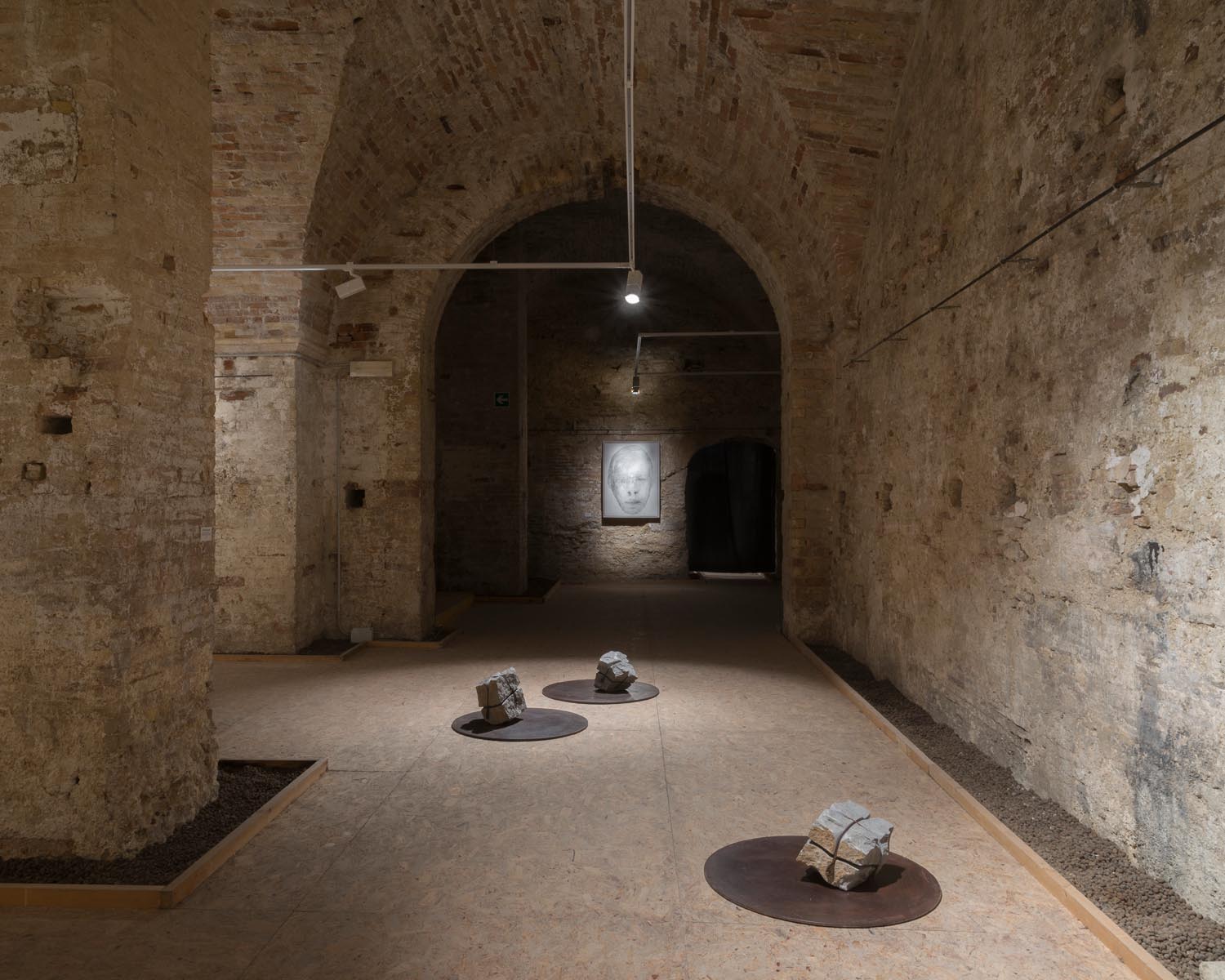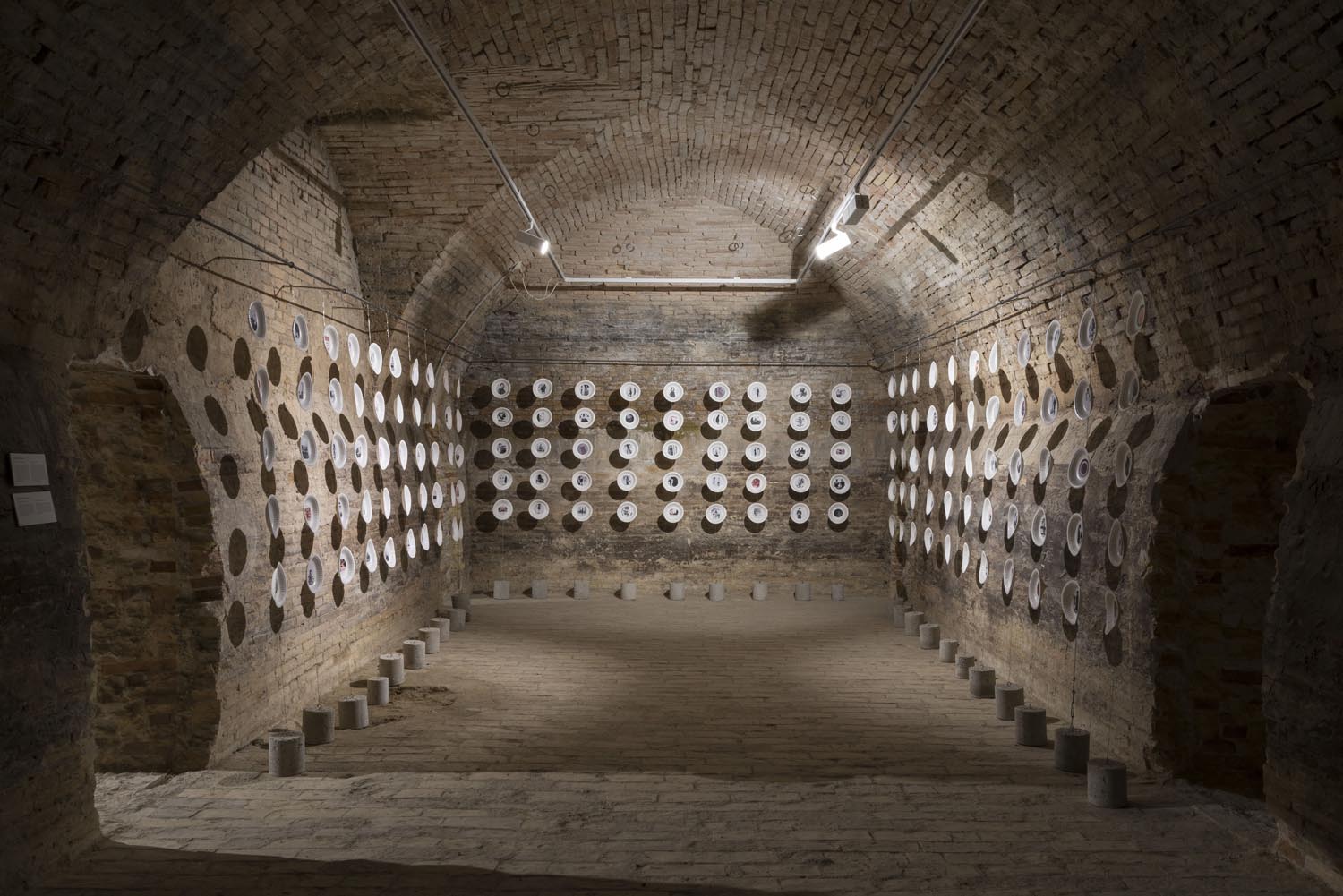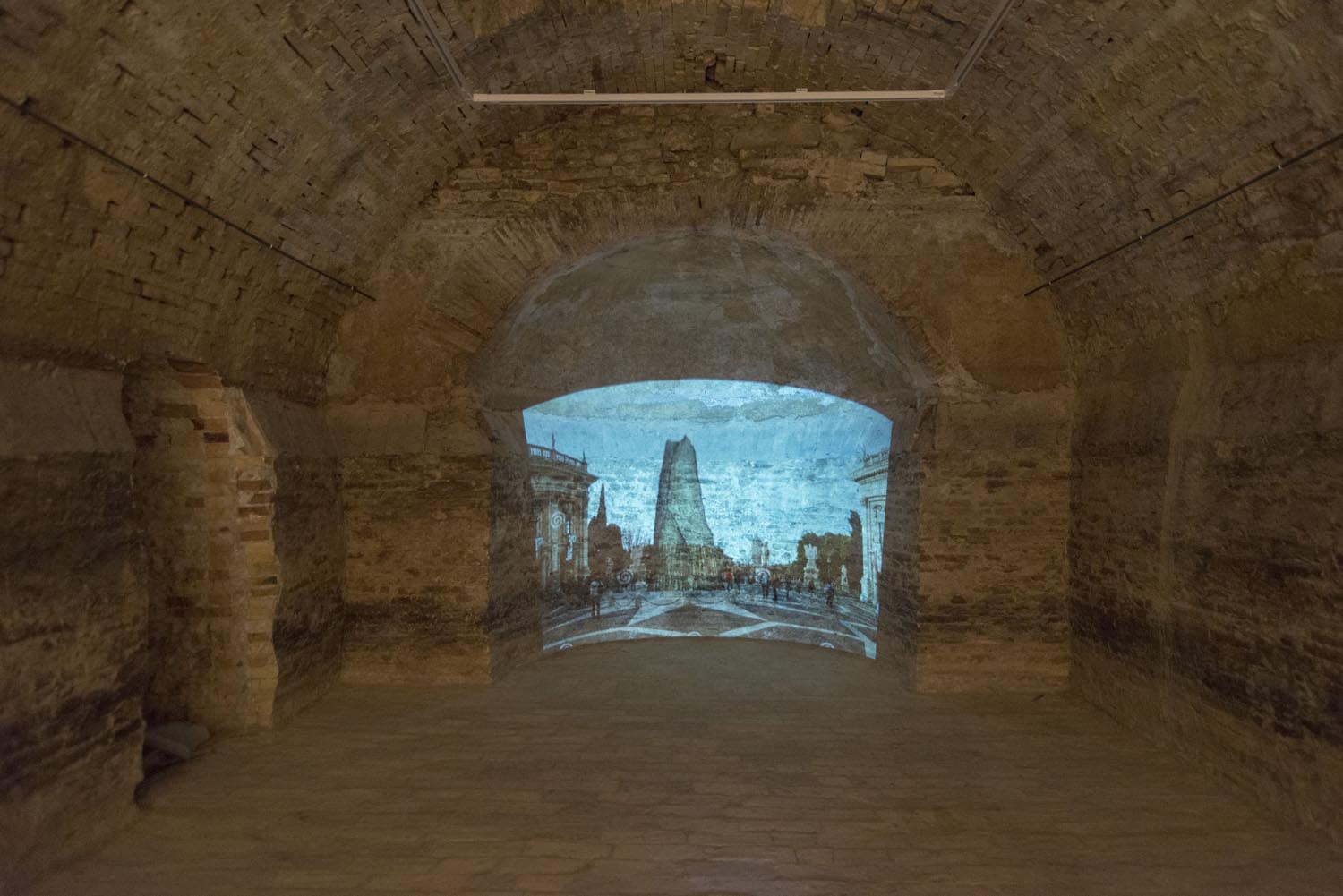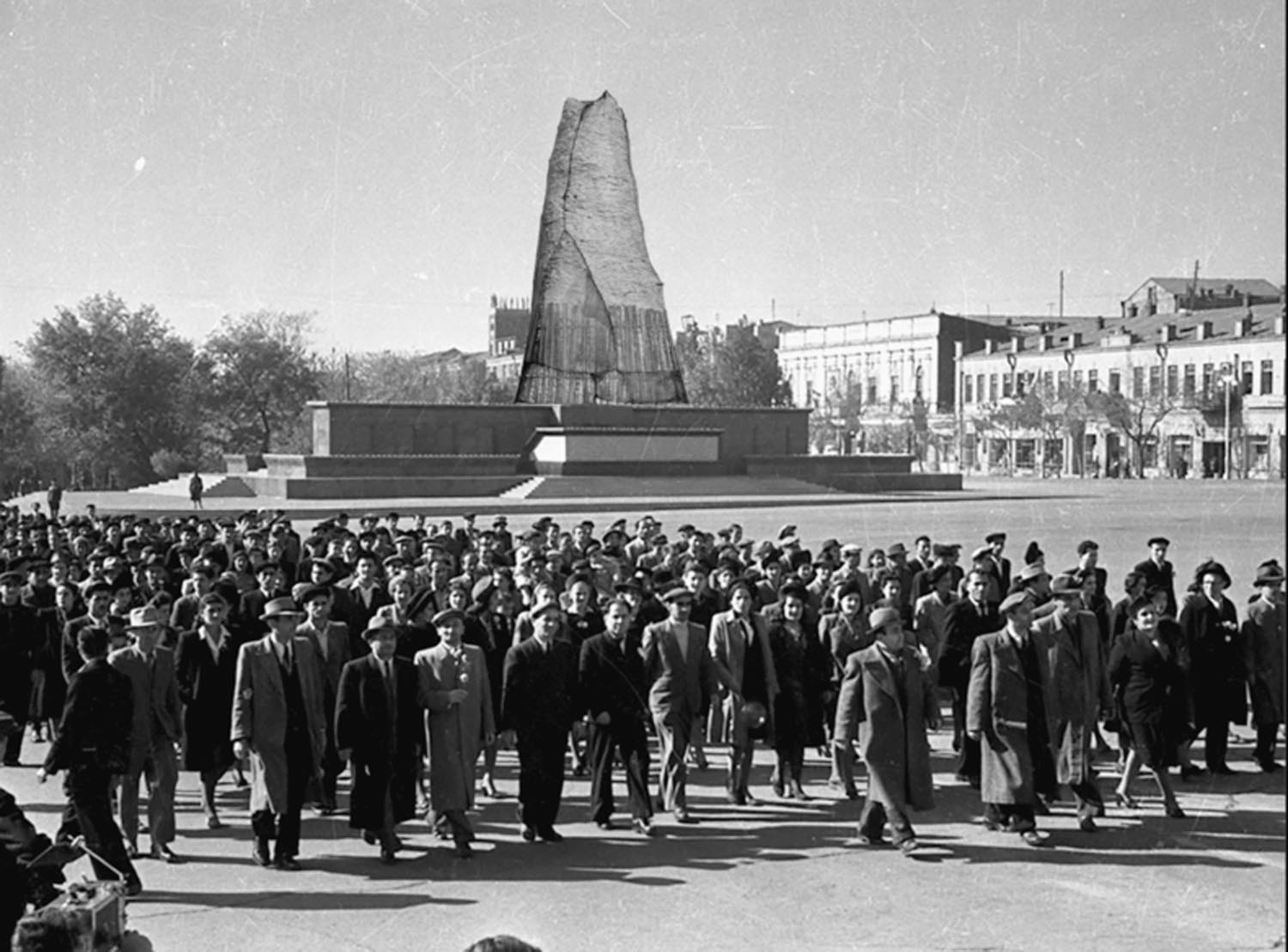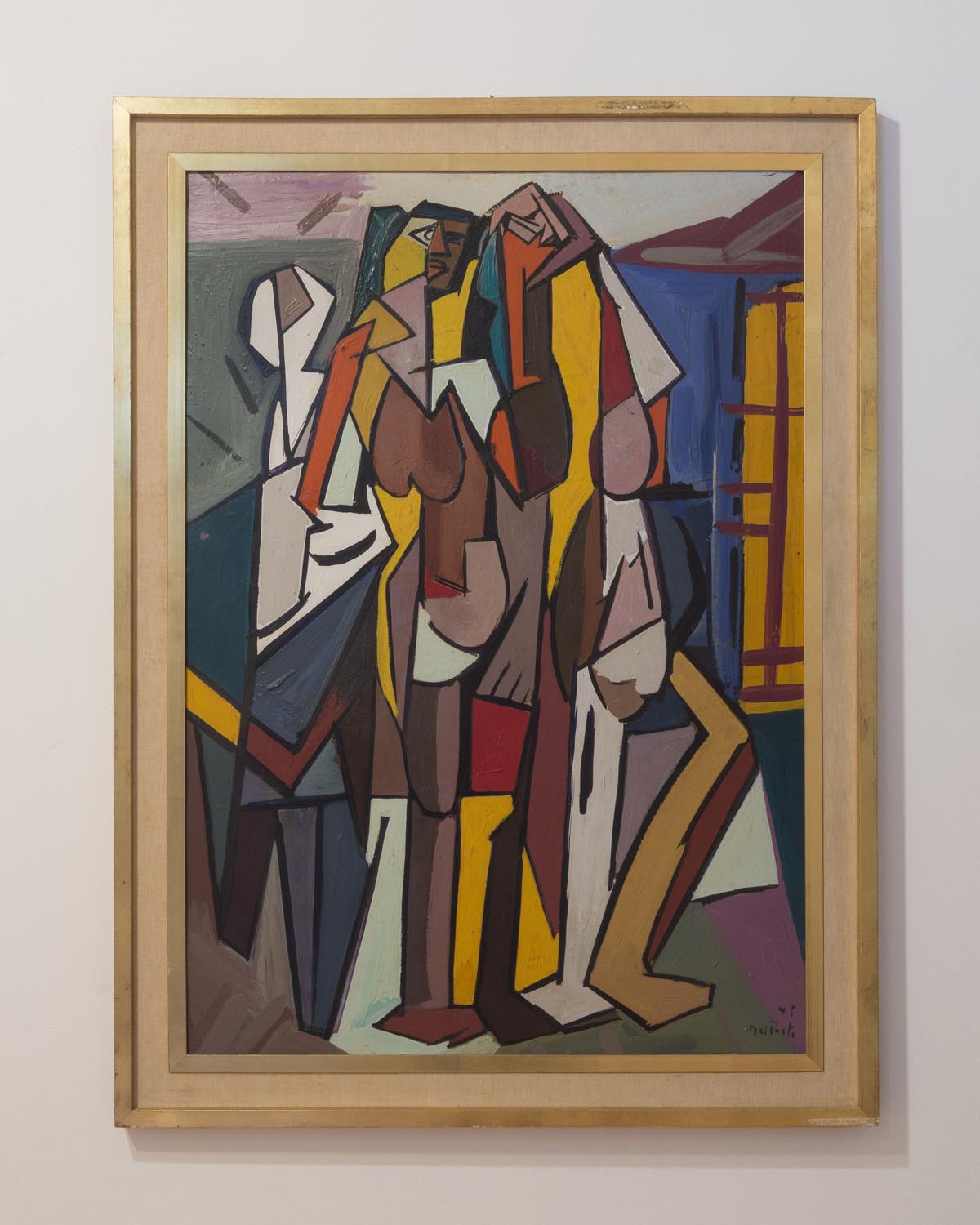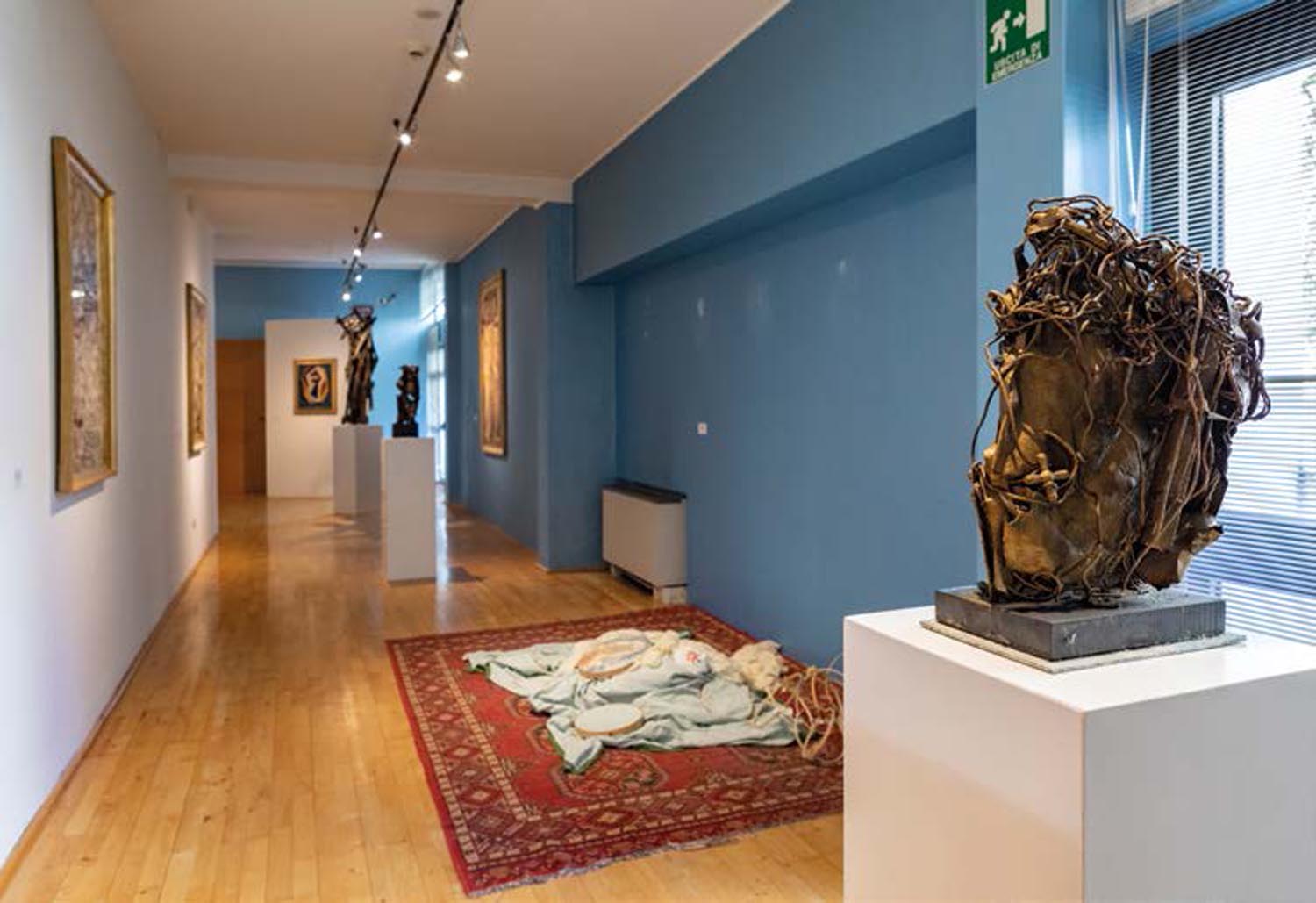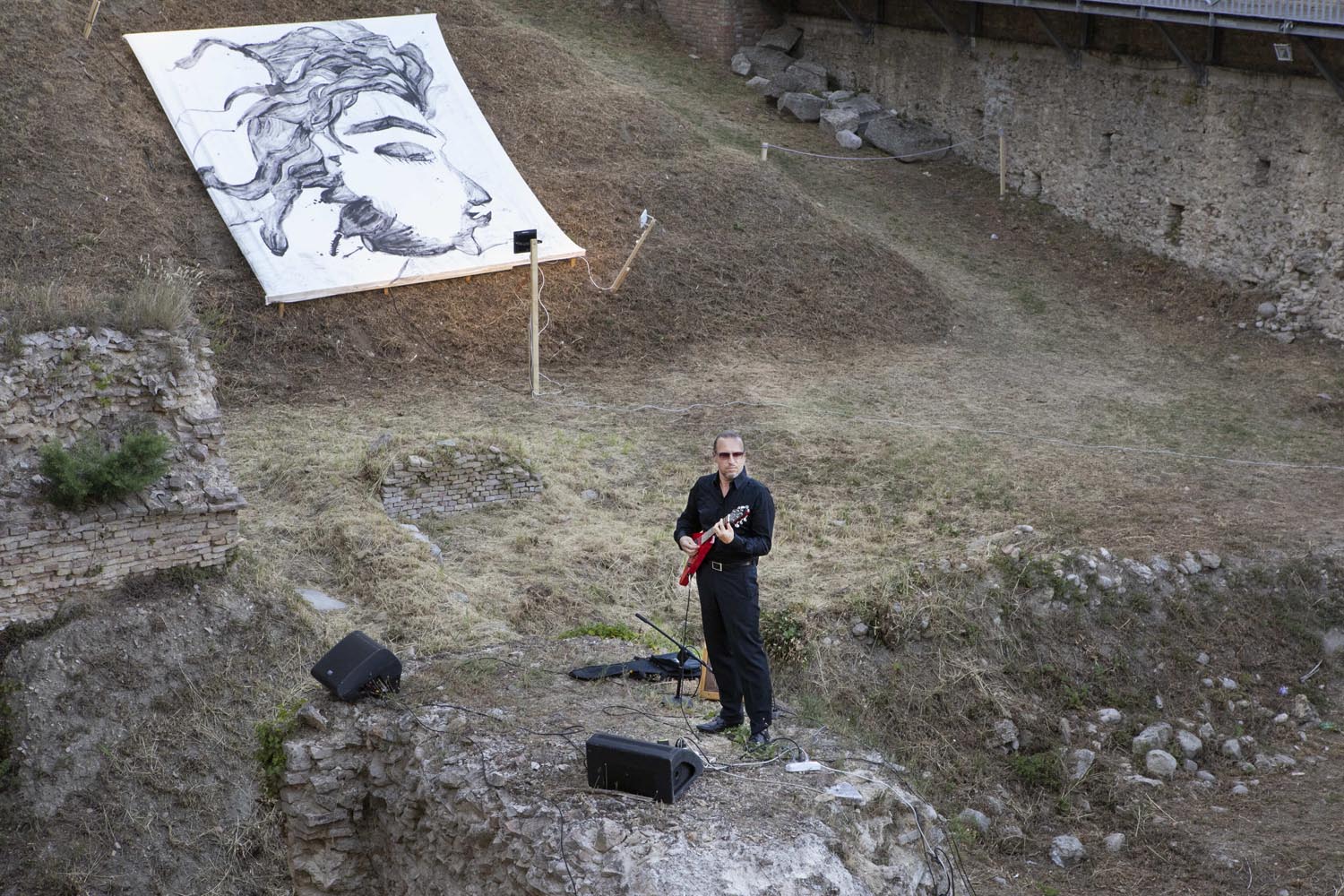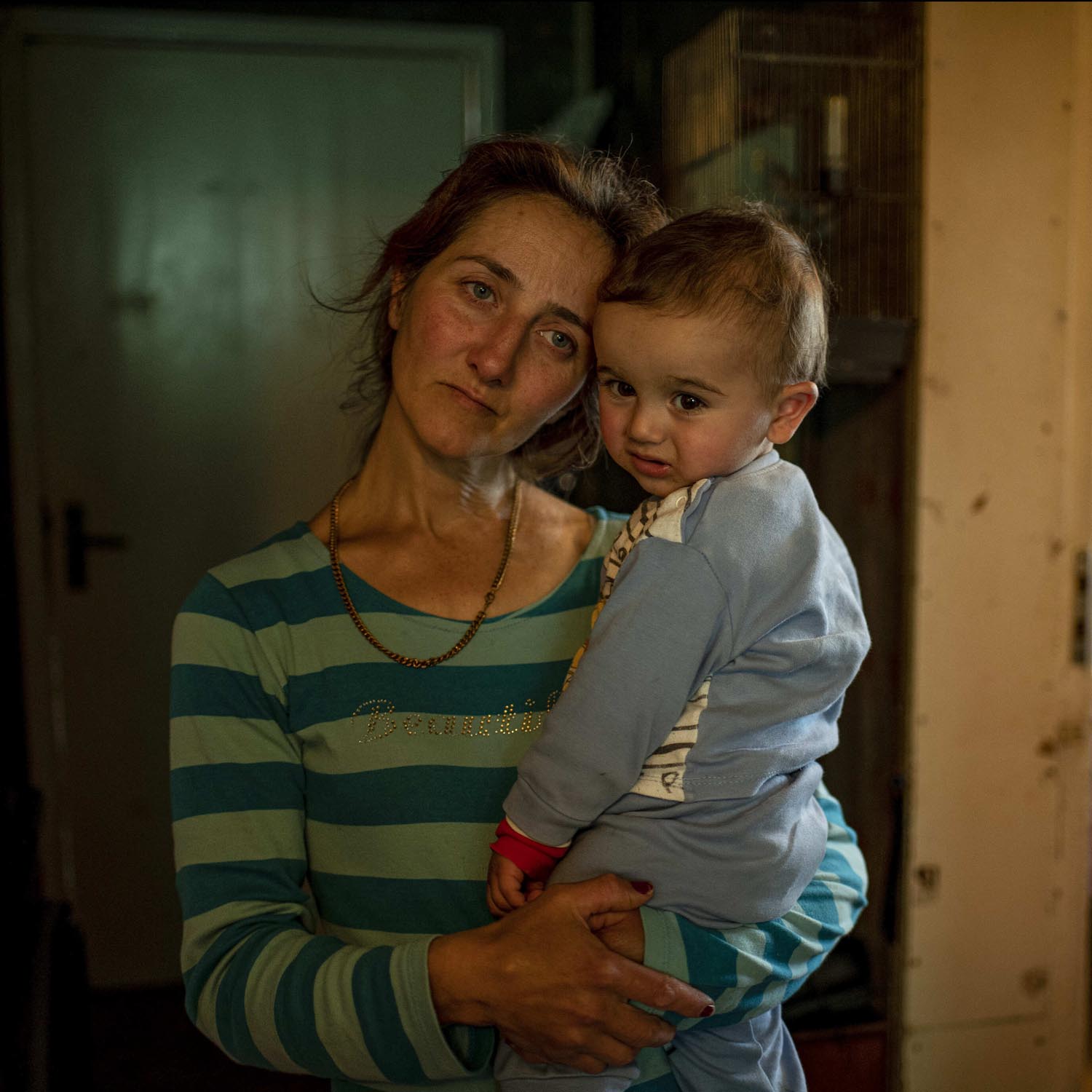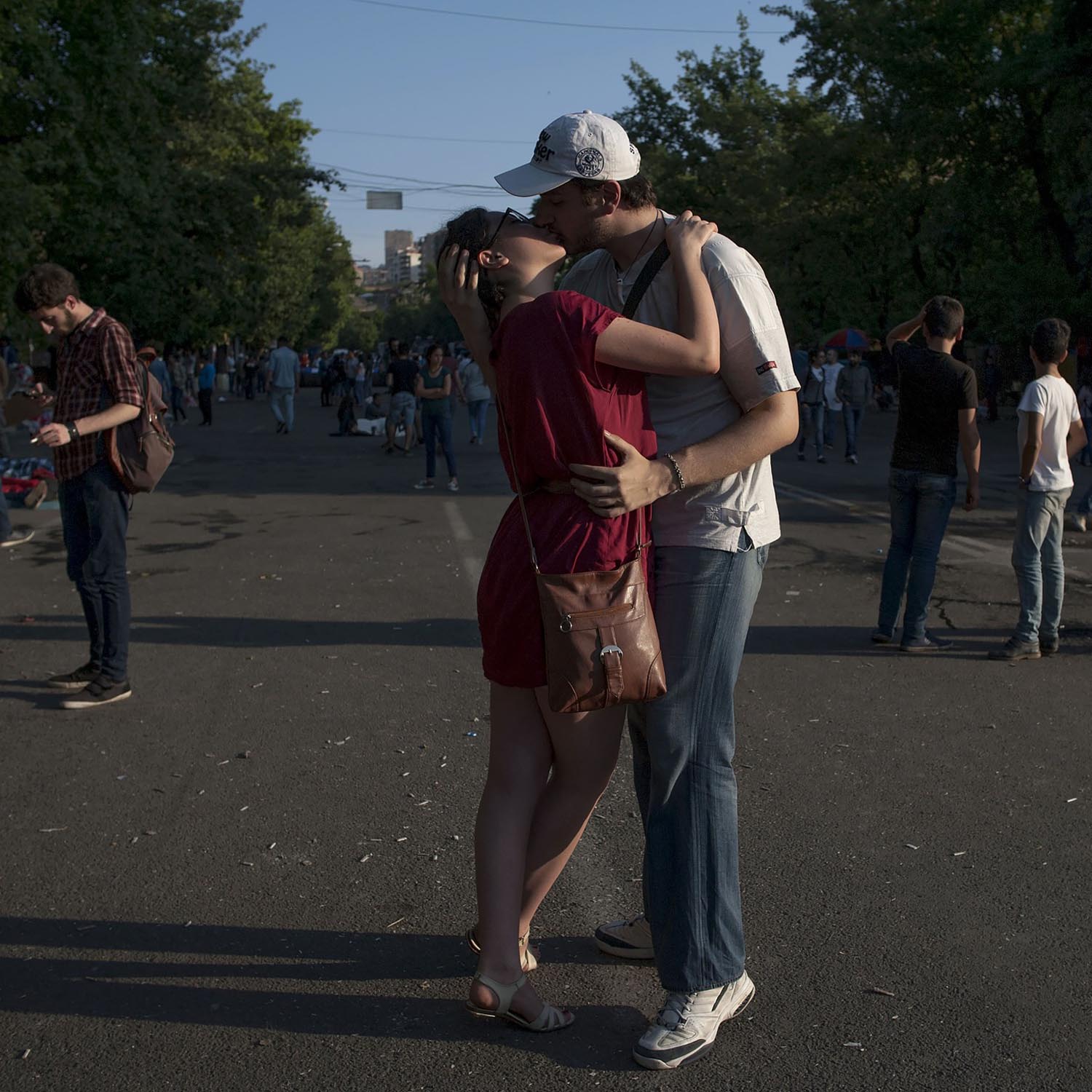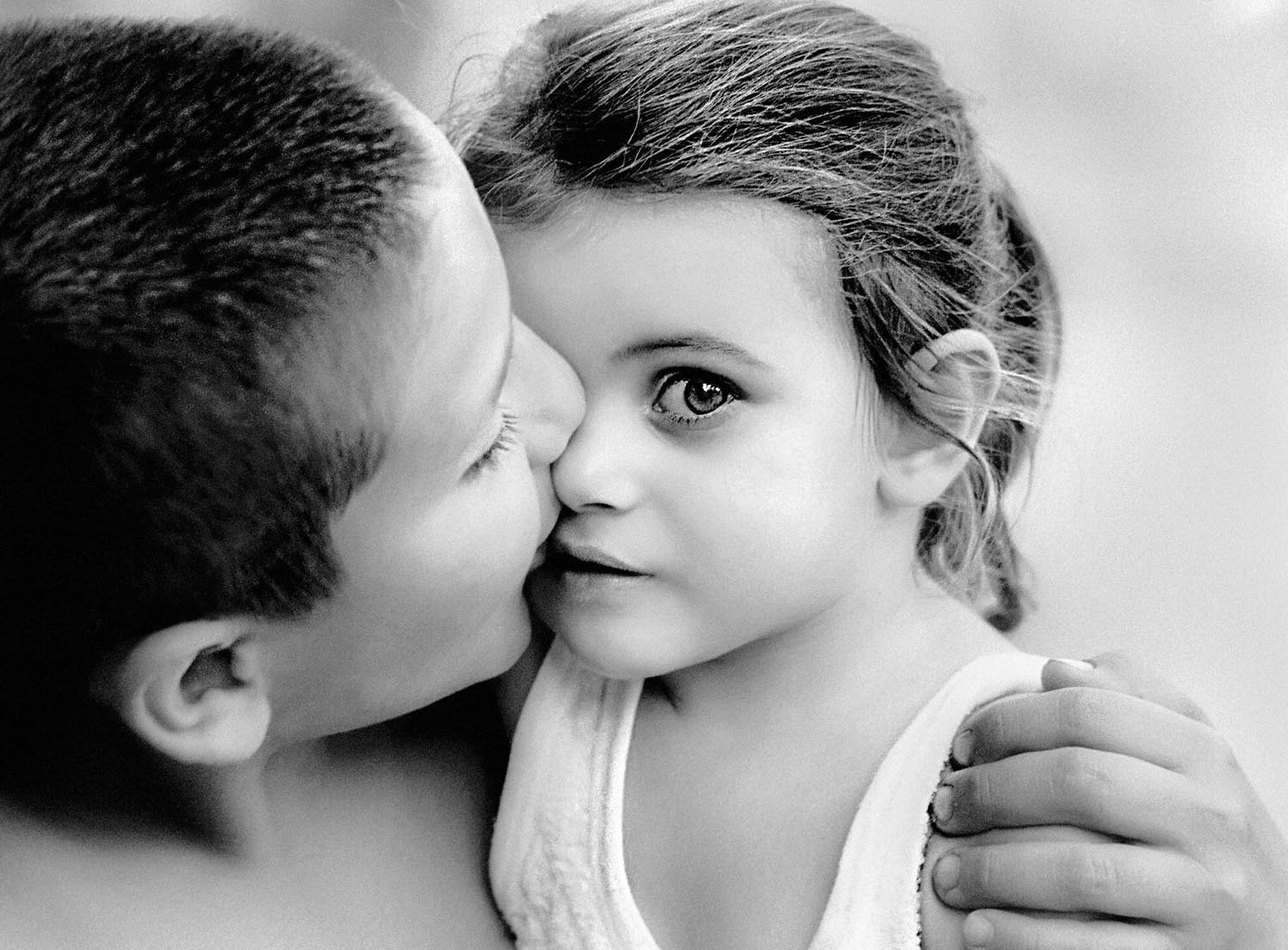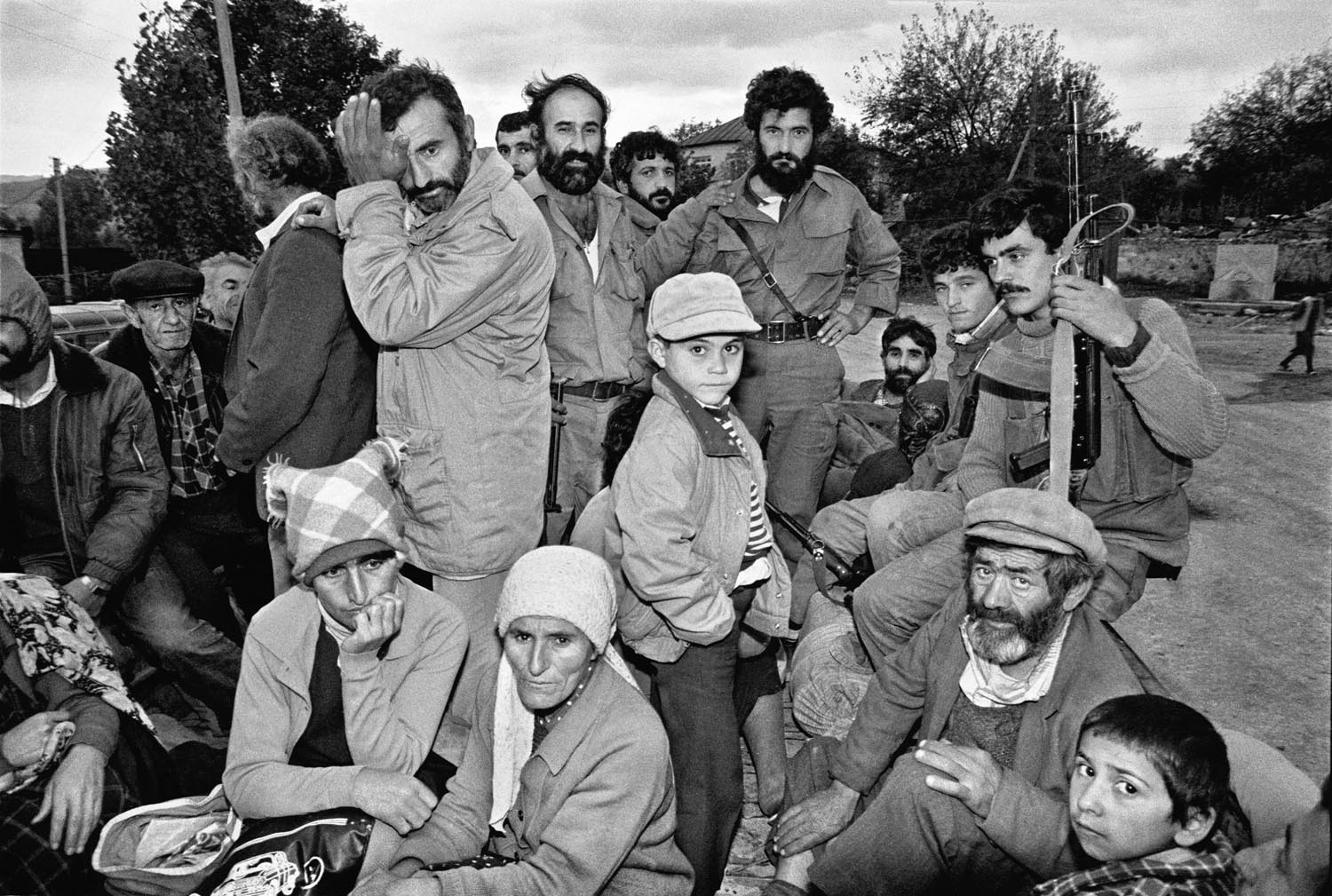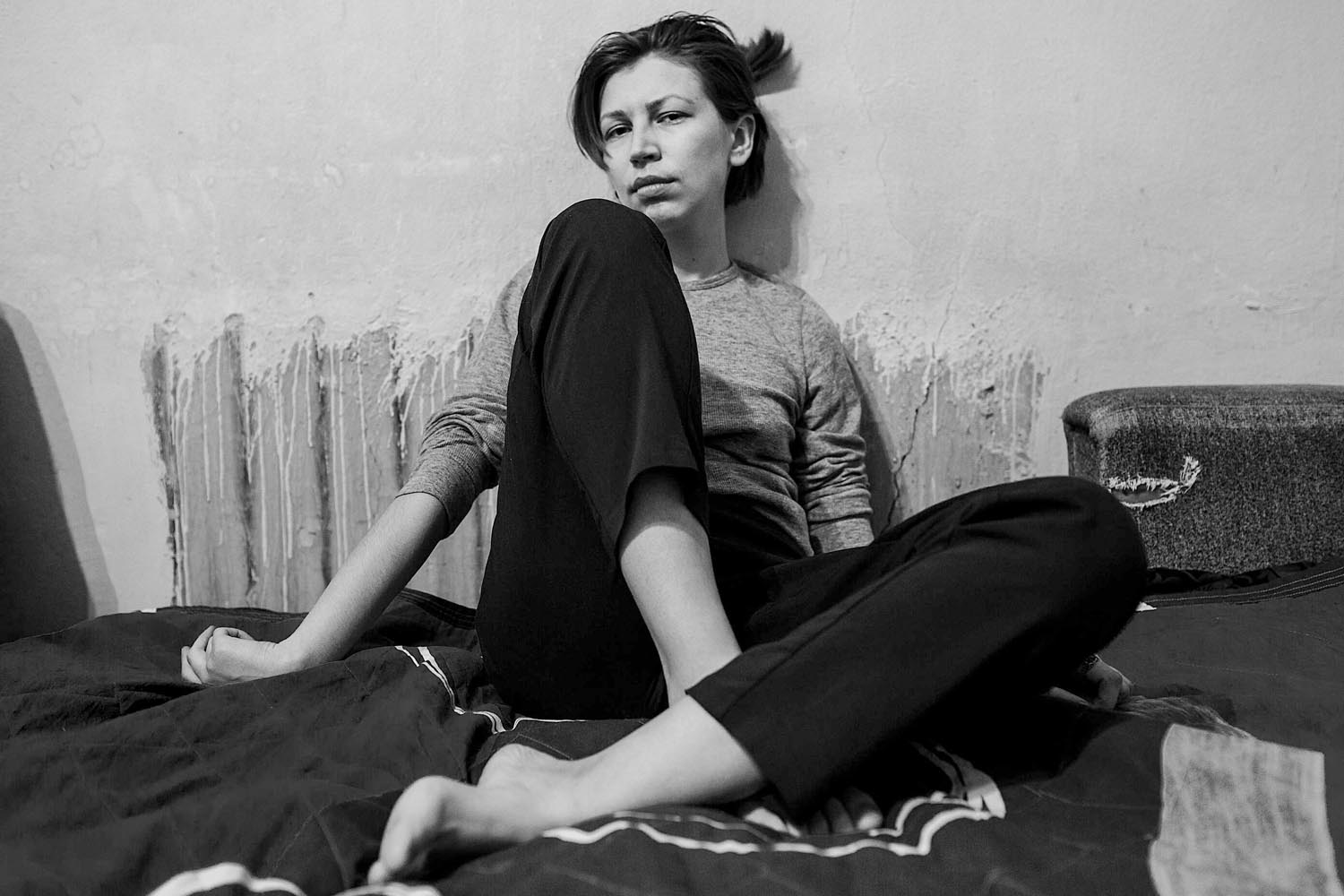STILLS OF PEACE
AND EVERYDAY LIFE Ed.IX
Italy and Armenia:
A Research into the Sense of Contemporaneity
Jul 4 – Sept 4, 2022 / Atri (Te) – Pescara

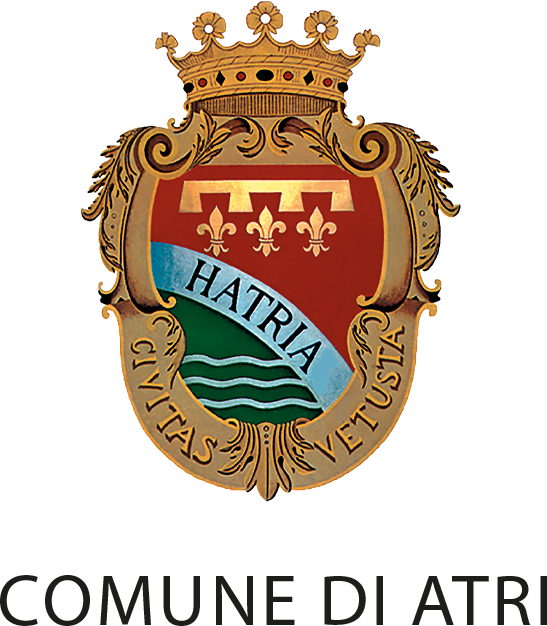

Stills of Peace and Everyday Life – 9th Edition
Started in 2013 with a first exhibition taking place in Islamabad, Pakistan, Stills of Peace at its ninth edition features Armenia, the far end of Europe at the gates of Asia, that after at least a millennium of prevarications and the deep scar of a genocide, has declared its independence from the Soviet Union only in 1991. The bright eyes of a young girl portrayed by Zaven Khachikyan – coming straight to our conscience, sweeping away indifference to give way to hope, demanding respect and care for future generations and unwittingly invoking truth – were chosen as the official image of the event. Armenian people carry the living memory of the war inside them, but the one thing they have never been robbed of, is the hope for a future in which the principle of equality of nations and peaceful settlement of international disputes will be universally recognized, together with the right of self-determination for every Community on Earth.
Fondazione ARIA, renewing the decennial cooperation with the Municipality of Atri, brings now Stills of Peace to Pescara, setting up a virtuous network that allows the event to grow bigger and to feature important and original site-specific productions, together with sixteen artists, five curators and three venues hosting seven contemporary art exhibitions. Photography, sculpture, painting, performance, video-art, six o.v. film screenings and a cinema production portraying the Armenian communities settled in Italy.
Once again, the original spirit of Stills of Peace and Everyday Life achieves the purpose to make people open to differences and to the respect of diversity that comes from mutual knowledge through the shared humanistic and existential values that underlie every single Culture. Our globalized society is in need of a multicultural and inclusive vision, and contemporary art is a strategic trailblazer for a new vision of the world where East and West live together peacefully.
Giovanna Dello Iacono
Stills of Peace Event Director
PROGRAM:
Cortile di Palazzo Acquaviva – Atri
MA.CO. / Marathon of the Contemporary
July 9
06.00 PM – Duchi d’Acquaviva Square – Atri: Inauguration ceremony of Stills of Peace
Visit of the exhibitions S.o.P. – Acquaviva Palace Cisterns and Cardinal Cicada Palace, live performance in the Roman Theatre.
July 10
06.00 PM – Museum of Modern Art Vittoria Colonna: Inauguration of Stills of Peace exhibitions
July 11
09.00 PM – Duchi d’Acquaviva Square Court: Launch of Cine Armenia and screening of “Ararat” (2002) by Atom Egoyan
3 – 4 september
Finissage Stills of Peace Exhibitions
SEP 3
06.00 PM – Museum of Modern Art Vittoria Colonna: Stills of Peace exhibitions closing event
SEP 4
06.00 PM – Municipal Theatre: Launch of the short film “Antarram” by Dino Viani, on Armenian communities in Italy
EXHIBITIONS
JUL 9 – SEP 4, 2022
ATRI – 10.00 – 12.00 / 16.30 – 19.30 / 21.00 – 23.00 / Closed Monday morning
PESCARA – 10.00 – 12.00 / 17.00 – 22.00 / Closed Monday
Cisterne di Palazzo Acquaviva – Atri
Apparitions, bonds
Ugo Giletta, Mikayel Ohanjanyan
Open synthesis: an artistic intervention by Apo Yaghmourian
Curated by Antonio Zimarino
Apparitions, bonds are terms that sum up identities and differences between two artists far from each other for culture, education, relations; these words let us detect “what” artworks want to tell, they also suggest what’s in them, inside their formal and imaginal structure, that they may reveal.
Faces and relationships in their primordial forms, in Ugo Giletta’s figures hints of an identity that is still to be defined appear; all stays on the barely perceptible edge between being and existing: idea, possibility and concreteness bond together. Nothing disappears, but instead everything is the first appearing of the possible identity of the soul of figures that try to “exist” and find a shape. All remains suspended and possibly will catch its definition. The bond between things is physical, to Mikayel Ohanjanyan: marble and basalt forms are carved and held together – for real and/or in appearance – by steel cables. A real but invisible energy is released inside the stone, that would shatter the sculpture, generating massive force fields, dynamics and tensions. But, all is held together by the “steel” bond that doesn’t want the unity to scatter, trying and achieving the impossible, though.
In the project of young artist Apo Yaghmourian manufacturing scrap turns into impossible images and farming tools. The manual, patient continuity engenders in what got discarded new aesthetic identities.
Cisterne di Palazzo Acquaviva – Atri
Cannibals, Kings and Gifts
Spartak Khachanov, Tommaso Sandri
Curated Eva Comuzzi
The exhibition Cannibals, Kings and Gifts creates a dialogue between the work of Spartak Khachanov and Tommaso Sandri. The idea of comparing these two artists comes from the strong affinities shown by each one’s personal research, both of them always attentive to the political and economic conflicts affecting the world and to their consequences. If the first one, which by the way refers to himself as a political refugee and exiled artist, focuses on the personal experiences he has come through in his home countries Armenia and Ukraine, whose male dominance he has explicitly and provokingly condemned (Parade of Penises is a clear example), the second one faces the same subject (Fallocracy), but with a definitely more ironic and facetious outcome, also offering support to migrants as an amplifier for their disrupted voices.
The title of the exhibition takes its cue from American anthropologist Marvin Harris’s book Cannibals and Kings. The Origins of Cultures, where cannibals and kings are in this case both identified with the powerful, whereas the gifts are those who Sandri delivered in Africa and Italy to parents and children that were forcefully separated from each other and then brought back together by this exchange, this gift which, in the artist’s words, reminds us that “we are the result of millennial migrations of stories, people, objects and ideas”. And staying on the subject of contacts and connections, for this event Khachanov has conceived Cocoon, a new interactive production that, by way of a neural network, helps us connect different monuments all around the world.
Palazzo Cardinal Cicada, Teatro Romano – Atri
Museo d’Arte Moderna “Vittoria Colonna” – Pescara
… and the angel has lost the memory of you.
Gianluca Chiodi, Liana Ghukasyan, Juan Del Prete,
Giuseppina Piunti, Matthias Ludwig, ALEX RICCI, Sonya Orfalian
Bravery, determination and the awareness of truth having no uniqueness, the revisionist sight aiming to the identification of new human behavioral codes, the nature and expressions functional to the interpretative languages of artistic creation are the assumptions of this multidisciplinary path. Credible parallelisms are established over the exposed artworks above the intersection of the passing of time and the recovery of personal and social-historical memory, this all adding relevant information to the whole exhibition. The featured different artistic expressions are the compositional elements of a massive mosaic in which time loses its chronological value to become the bearer of personal and collective memories.
External spaces, architectural volumes that differ for style connotations and geographic positions are the necessary means to turn the narrative diversities into a fertile ground for boosting every artists’ unique expressive requirements: Gianluca Chiodi, Liana Ghukasyan and Juan Del Prete, visual artists, Giuseppina Piunti, soprano, Matthias Ludwig, baritono, Alex Ricci guitarist, Sonya Orfalyan writer.
Museo d’Arte Moderna “Vittoria Colonna” – Pescara
Here is like Elsewhere
Nazik Armenakyan, Ani Gevorgyan, Zaven Khachikyan, Aram Kirakosyan
Armenia, a Day in the Life
Giovanni Iovacchini
Curated by Paolo Dell’Elce
Four Armenian photographers restore aspects of everyday life. Despite their stylistic differences, the four photographers’ researches show a lot of affinities. The narrative intention in the use of the visual language. The urge to show, but not according to the phenomenological meaning of the Visible showing for what it is in itself, yet in a more historical and anthropological sense, that restores the ethical, at times heartfelt, beauty of man over man. And actually an underlying pain can be perceived in these artists’ works. A contemplated pain, which becomes a true language feature in the pictures, and has the deep tone of a basso continuo echoing in the historical drift of a whole nation.
These pictures of Giovanni Iovacchini have the privilege of being simple, and true. Simple as they don’t resort to special effects, be they optical or – even worst – of light, true as they show us the life of an ordinary person, in an ordinary part of the world, far from the spotlight, just leaning out over the balcony among clothes hanging, or messing about with a broken car. It can happen that one day you find yourself in an Armenian village and you meet the lady next door staring back at you from the window, wondering why on earth you’re taking pictures of her in her everyday apron. It’s the neglected beauty of an ordinary day; a day of peace.
CINE ARMENIA:
Cortile di Palazzo Acquaviva – Atri
Cine Armenia
Curated by Pino Bruni
JULY 11, 18, 25 / AUGUST 1, 8, 22 – 09.00 PM
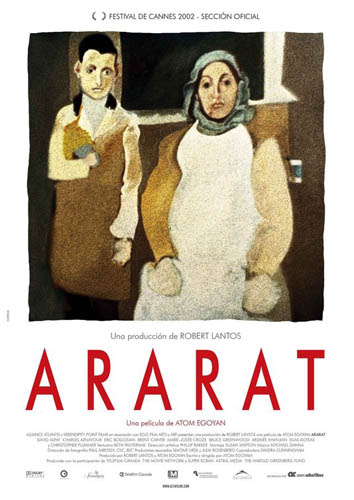
Monday 11 july – 9:00 p.m.
Ararat (2002) by Atom Egoyan
This film by Canadian- Armenian filmmaker Atom Egoyan dutifully witnesses the massacre of Armenians, reflecting about the forgotten holocaust perpetrated by the Turkish in 1915 and showing its consequences over the youngest generations, the kids of the actual victims. In a flashback narration, the character of an Armenian painter that ends up committing suicide is just outstanding. Many of the themes dearest to the director follow one another in the movie, such as grief scarfing family relationships, incommunicability and memory as self knowledge.
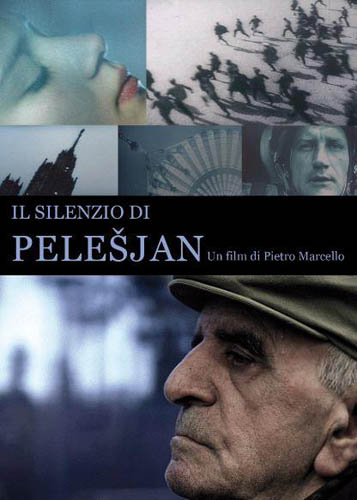
Monday 18 july – 9:00 PM
The Silence of Pelesjan (2011) by Pietro Marcello
Pietro Marcello’s documentary is aimed at drawing the portrait of a remembrance: that of Armenian filmmaker Artavazd Peleŝjan’s work. A memoir of his artworks and creation, a memoir of his relation with man, life, thoughts, emotions and the relentless, never-ending paths in which they cross.
Four short films by Artavazd Peleŝjan
Seasons of the year (1975) / Beginning (1967) / Our Century (1990) / We (1969)
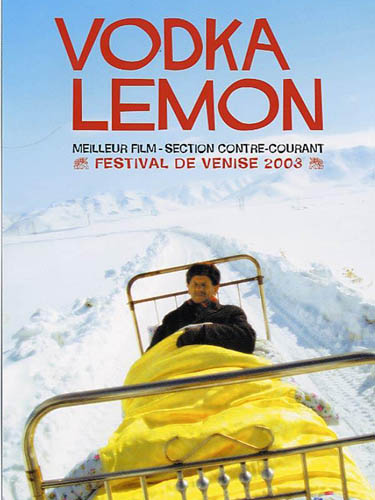
Monday 25 July – 9:00 PM
Vodka Lemon (2003) by Hiner Saleem
Winner of the Best Film Award in the “Upstream” section at the 60th Venice International Film Festival, VODKA LEMON by Hiner Saleem is the bittersweet surreal tale that takes place in a Kurd village in Armenia where a poor widower would like to marry a widow whose daughter sells her body. A glance on the post-communist Caucasus and its inhabitants appalled by the collapse of certainties (so much so that the popular vodka lemon tastes like almonds). Tragic turns into farce and vice versa, in a movie that was excluded from the Oscars due to the fact that Kurdistan, the filmmaker’s homeland, is not recognized by the UN as independent state.
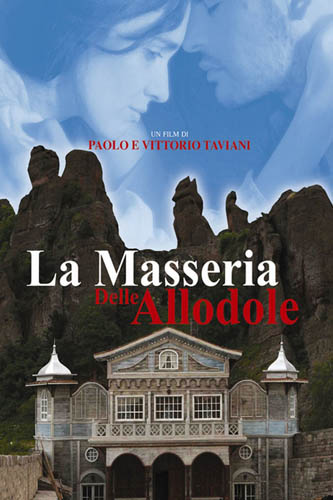
Monday 1 August – 09.00 PM
The Lark Farm (2007) by Paolo e Vittorio Taviani
The script, drawn from Antonia Arslan’s novel “The lark farm” is based on the story of an Armenian family torn apart by the 1915 genocide perpetrated by the Young Turks Movement. The Taviani brothers continue their reflection on the relation between history and individuals by dealing with the physical elimination of Armenians in Turkey. With sobriety and throughout a composite cast, they focus on the power of image, which can represent at the same time a document (and a opportunity for reflection).
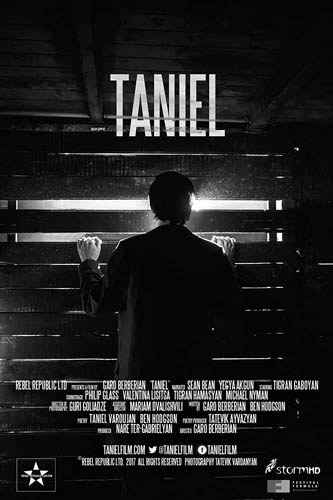
Monday 8 August – 09.00 PM
Taniel (2018) by Garo Berberian
Taniel is a short film by the British writer and filmmaker Garo Berberian, about the story of the last months of the life of poet Taniel Varoujan, until the day he was killed at the age of 31 during the Armenian genocide. He is considered one of the greatest world-famous Armenian poets.
Autumn of the Magician (2010) by Ruben and Vahe Gevorkyants
“Once upon a time, there was an angel with a mustache that couldn’t do anything, either in skies or on earth. One day, he entered a hunter’s hut and started to feed stuffed birds with wheat. Everybody was laughing at him. But one day, the stuffed birds came back to life”. These are the words of the poet and screenwriter Tonino Guerra, the man whose life is portrayed in this film by Armenian filmmakers Ruben and Vahe Gevorkyants.
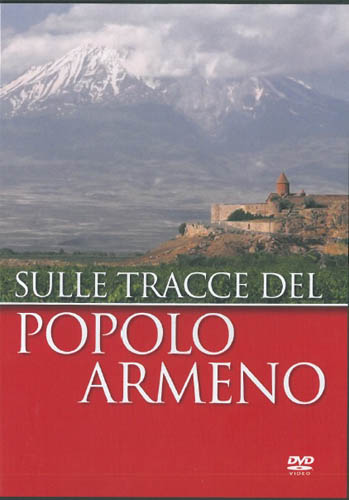
Monday 22 August – 09.00 PM
On the traces of the Armenian people (2016) by Giancarlo Cappellaro
A cinematic gem providing unreleased images and also a historical record, this film tries to enter the many mysteries of the oldest Christian people on earth, that have survived a troubled path of a millennium and a half throughout huge trials and terrible persecutions up to the 1915 holocaust of one and a half million people.
Sons of Ararat, the Outpost (2012) by Grazia Michelacci
A journey of discovery among Armenian people: women, men, families that have crossed the history of the 20th century to start over again their existences somewhere else.
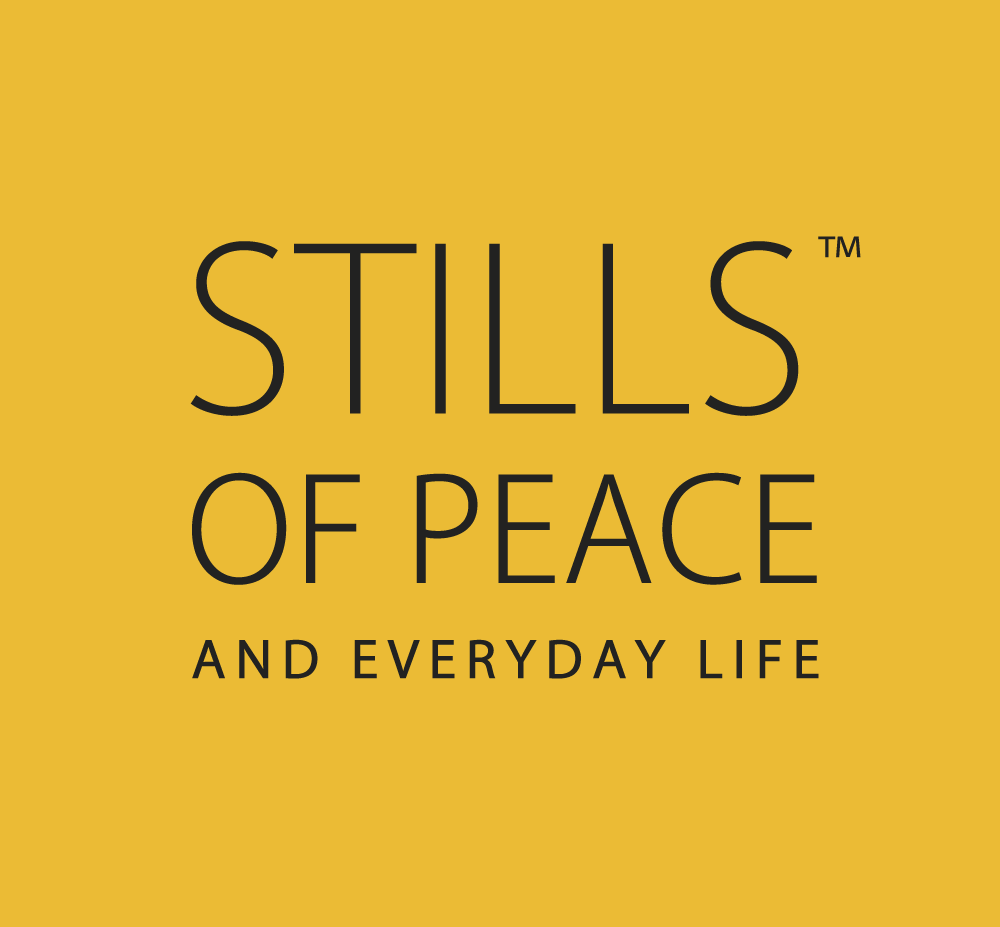
A project by:



With the High Patronage of Abruzzo Region and:
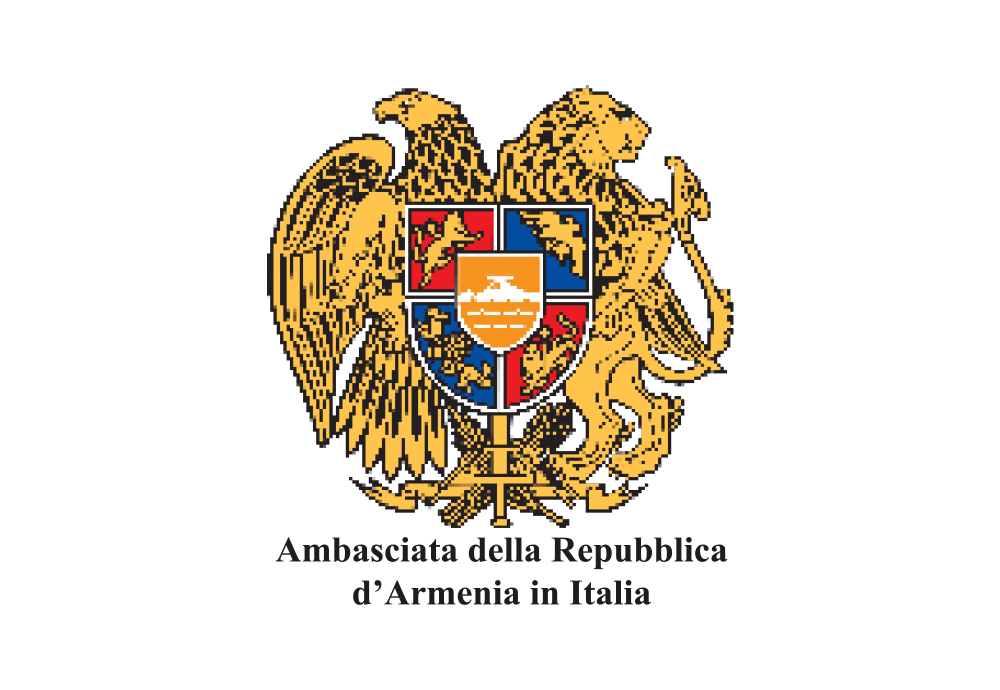
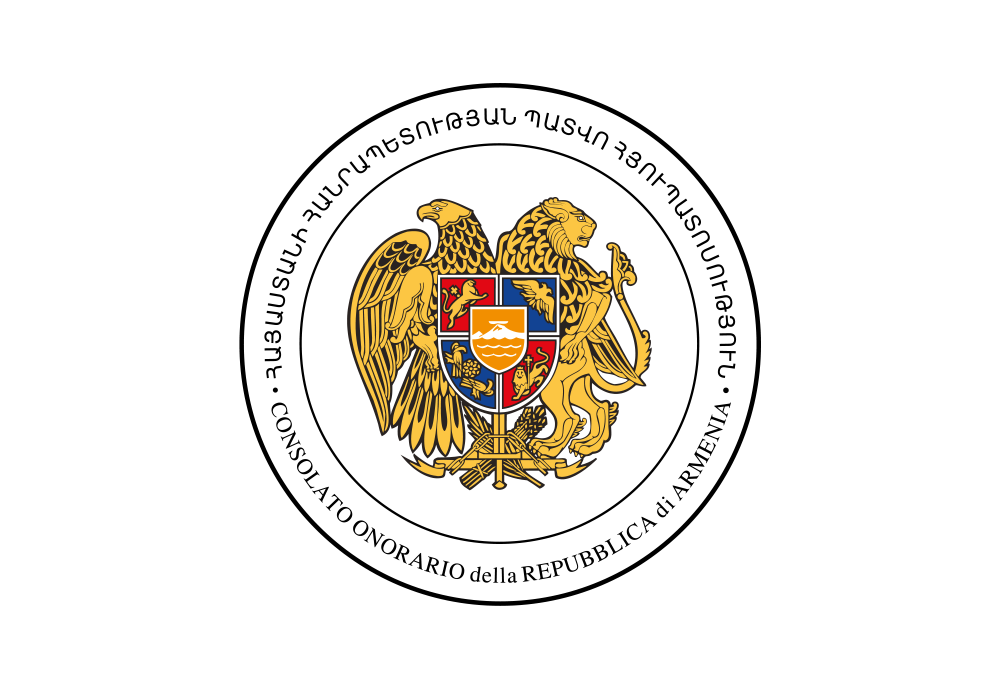
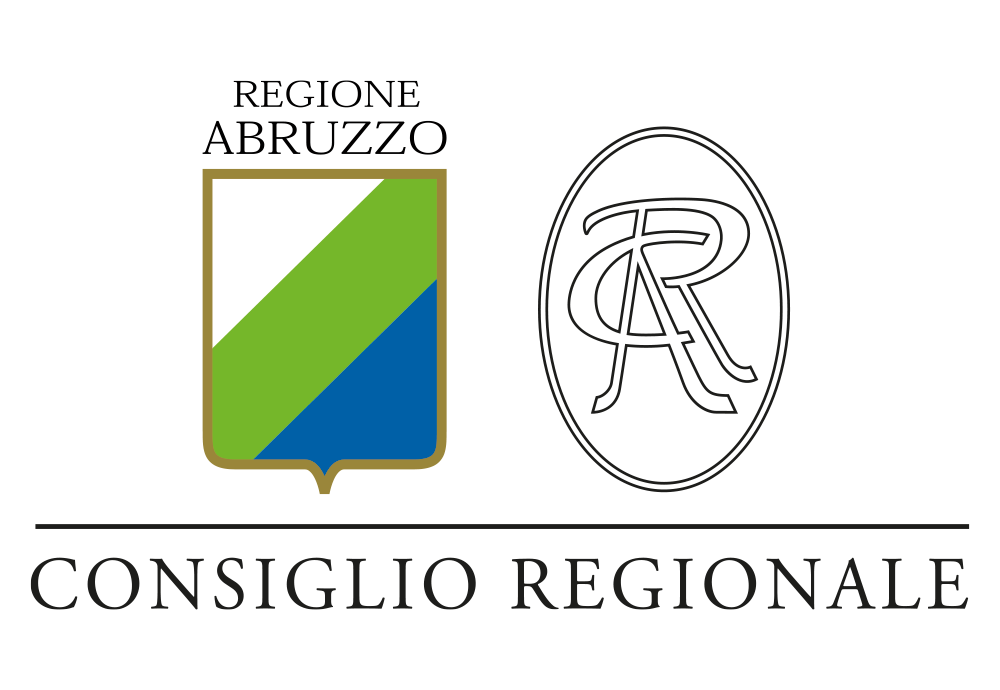
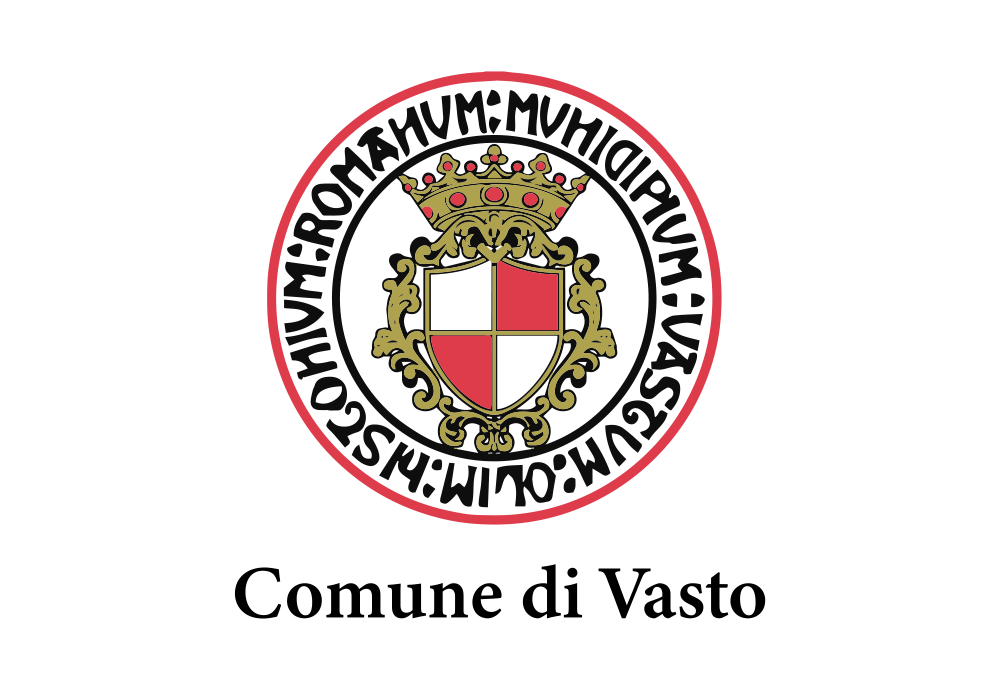
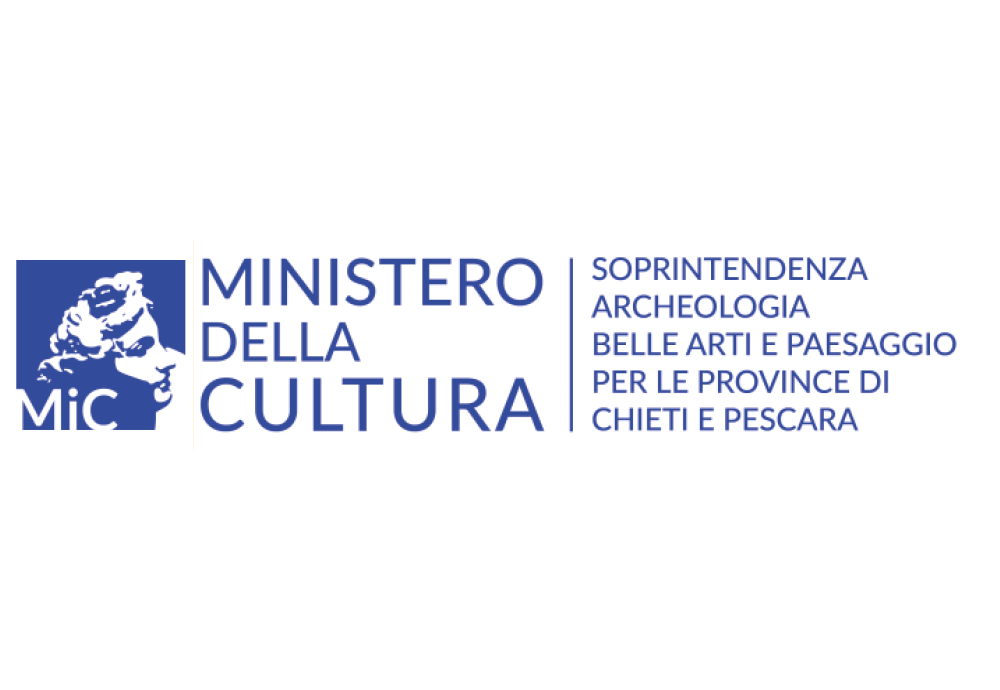
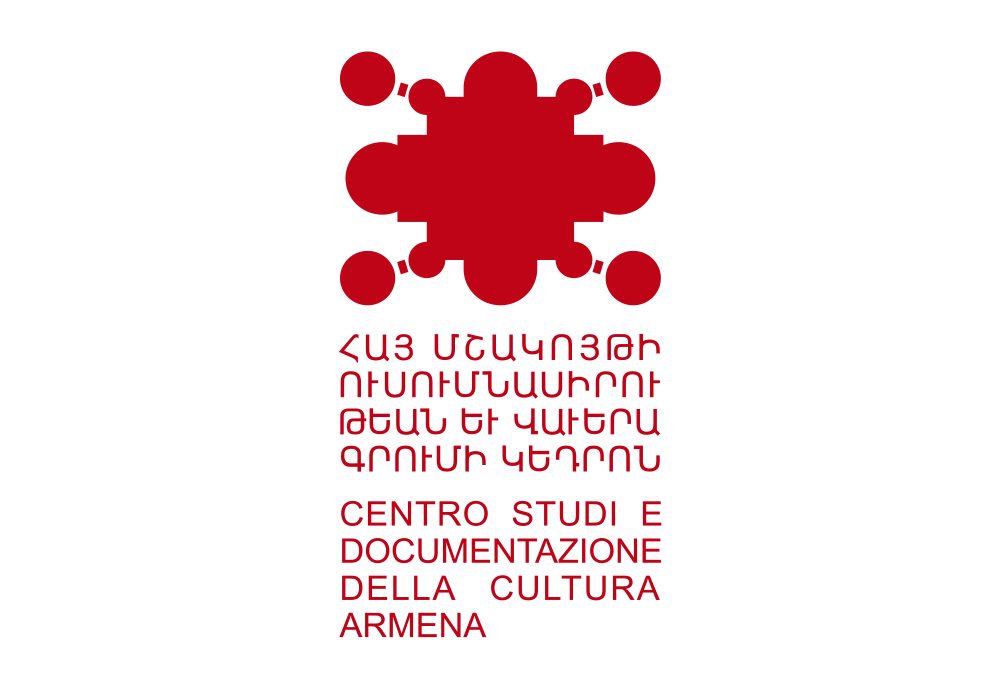
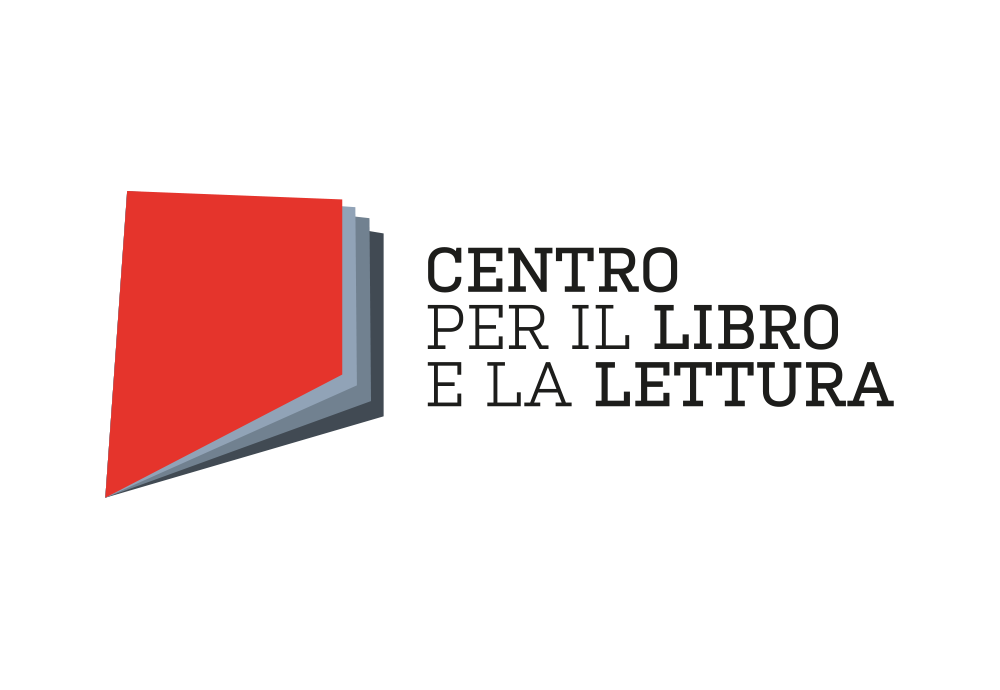

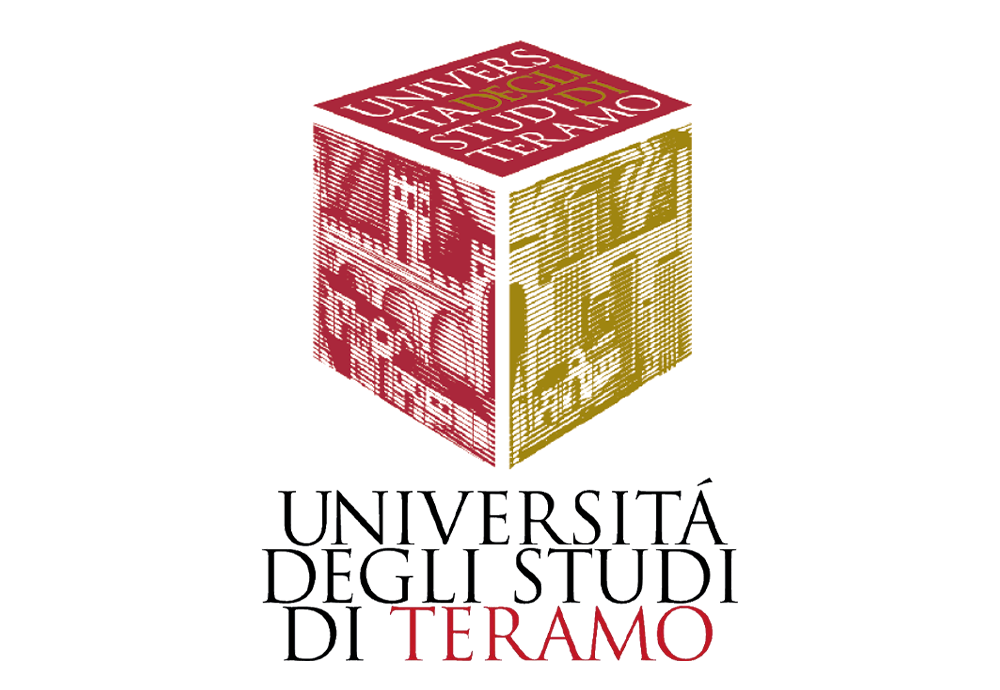
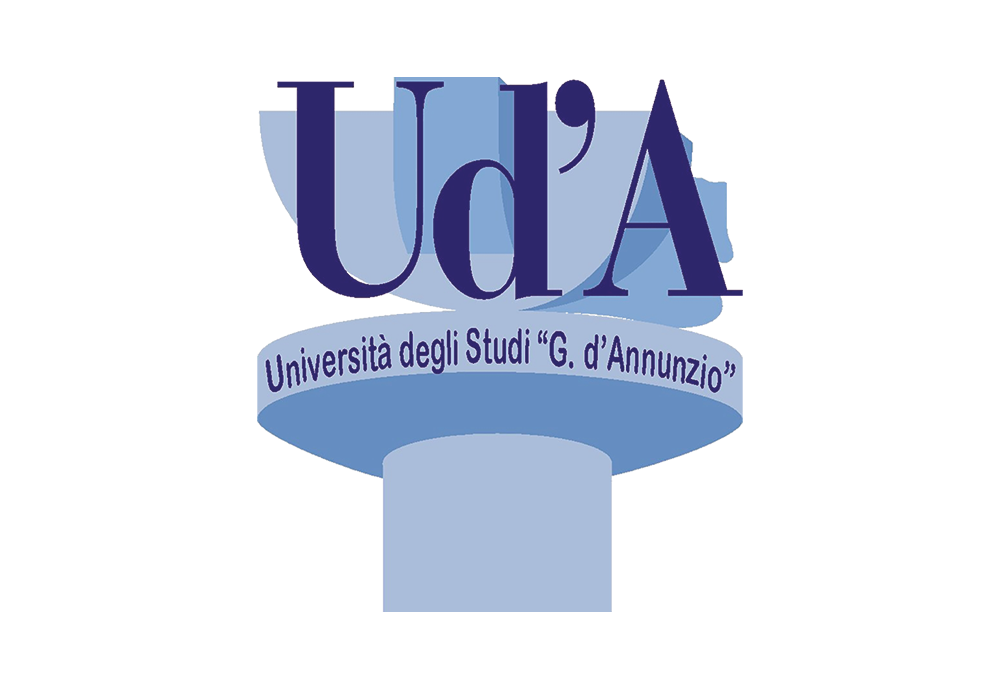
Sponsored by:
